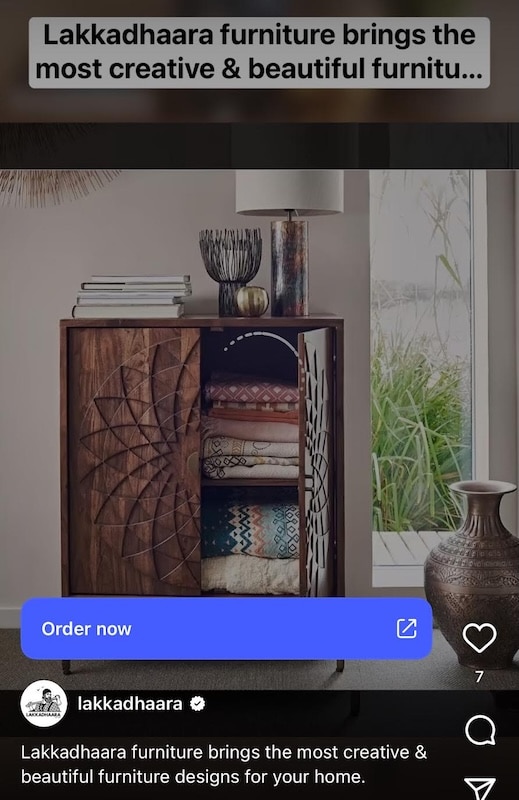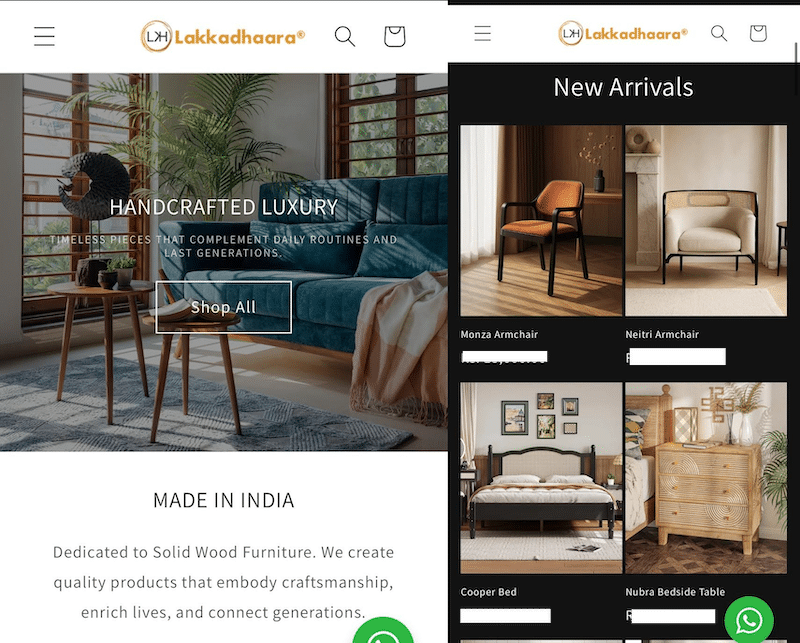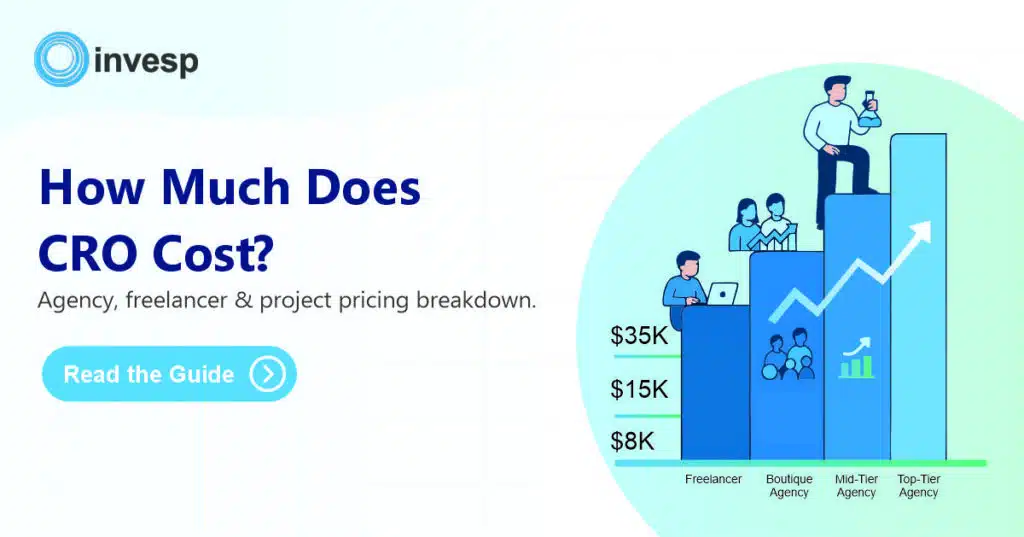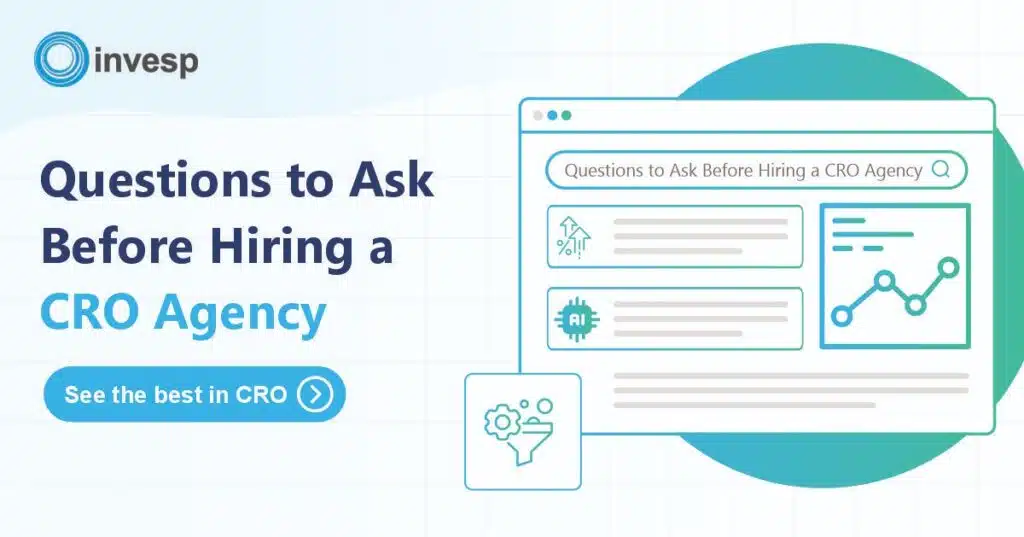Your site is getting healthy traffic, your campaigns are performing well, but conversions just aren’t where they should be. You open your analytics dashboard and see a familiar pattern—visitors browse a few pages, maybe add something to the cart, and then… drop off.
At that moment, one question keeps coming up: Where do we start optimizing?
Do you fix the landing pages where visitors first arrive? The product pages where they hesitate? Or the checkout that seems to lose the most customers?
This is the challenge every marketer and CRO team faces. Beyond just running A/B tests, optimizing conversion funnels is about deciding where those tests will make the biggest difference.
In this guide, we’ll break down how the conversion funnel actually works, what happens at each stage, and how CRO experts decide where to begin.
Understanding the Conversion Funnel
A conversion funnel shows how visitors move through your website before they buy or complete a goal, such as signing up or requesting a demo.
A conversion funnel tracks every step:
-
People first land on your site (awareness).
-
Some browse your products or services (interest).
-
A smaller group adds items to the cart or signs up (consideration).
-
And only a few finally make a purchase or convert (action).
By mapping this journey, you can see where people stop (whether on product pages, forms, or checkout) and focus your optimization there.
Tools like Google Analytics 4’s Funnel Exploration or FigPii help you see this in action. They let you plot each step of your customer journey. For example, product view > add to cart > checkout > purchase—and then show how many users drop off at every stage. If you notice that 60% of visitors abandon the cart page, that’s a clear signal that your checkout flow needs fixing.
It’s called a funnel because the number of people shrinks at each step. For example, Shopify data shows the average ecommerce conversion rate is only 2.5-3%, meaning most visitors drop off somewhere along the way.
Once you’ve mapped your funnel, it helps to break it into clear sections. Every website, whether ecommerce or SaaS, has three broad stages: from discovering your brand to becoming a paying customer. Understanding these stages is key before deciding where to optimize first.
The Three Stages of the Conversion Funnel
The conversion funnel is usually divided into three parts:
-
Top of the Funnel (Awareness): when people first discover you.
-
Middle of the Funnel (Consideration): when they compare and learn more.
-
Bottom of the Funnel (Decision): when they’re ready to act or buy.
Each stage has a different goal, a different user mindset, and its own optimization focus. Let’s look at what happens at each one.
Top of the Funnel (Persuasion)
This is the first contact visitors have with your brand, usually through an ad, blog post, or landing page. They’re curious but not yet convinced. Your goal here is simple: help them understand why you exist and why they should care.
At this stage, people are forming their first impression. The visuals, copy, and tone should all work together to build curiosity and trust. For example, Lakkadhaara, a handcrafted furniture brand, uses its homepage and Instagram ads to attract first-time visitors.

Once you click their Instagram ad, you’re directed to a landing page with phrases like “Handcrafted Luxury” and “Made in India,” highlighting craftsmanship and identity rather than pushing a sale. What’s more, their imagery, featuring warm lighting, solid-wood textures, and styled interiors, draws users in emotionally before they even view a product detail page.

That’s the essence of top-of-funnel persuasion: create awareness and emotional connection first, then guide users deeper. Keep your landing pages fast, clear, and aligned with the ad or keyword that drove people to them. The copy should highlight your value and end with a single explicit action, like read more, explore collections, or learn about your brand story.
Metric to watch: Bounce rate or time on page. If visitors leave quickly, your first impression isn’t strong enough.
Middle of the Funnel (Informational)
At this stage, people already know who you are and are comparing options. They read product details, pricing pages, or guides. Your job is to build trust and answer objections. Add FAQs, customer stories, or comparison tables that make it easy to evaluate your offer.
Metric to watch: Product-page engagement or demo-request rate. Rising engagement shows growing confidence.
Bottom of the Funnel (Where Conversions Happen)
Now visitors are ready to buy, but they can still change their minds. Even small points of friction here (long forms, surprise fees, poor mobile layout) can kill conversions.
Encourage them to take the final action by making your checkout or sign-up flows short and predictable. Reinforce trust with security badges, reviews, and transparent pricing.
Metric to watch: Cart-abandonment rate or form-completion rate. These tell you how smooth your final step really is.
Where to Start Optimizing Your Conversion Funnel (Expert Insights)
Now that you know what a conversion funnel looks like and how it works from top to bottom, which part of the funnel should you optimize first? To answer this, we reached out to a few conversion rate optimization experts and asked them the same question. Here’s what they had to say:
Bottom-Up Approach — Spencer Gray’s View
Spencer Gray believes that the bottom of the funnel is often the best starting point, especially when traffic isn’t the problem.
Spencer Gray Senior CRO Specialist at 97th Floor/h4>
“If traffic isn’t an issue and you are getting enough visitors at the bottom of the funnel, we always test there first,” says Gray. “We work bottom-up because our job is to increase conversions, not make the home page pretty. Once the bottom is optimized, we move backward.”
Gray’s approach focuses on immediate ROI: fixing leaks where purchase intent is highest. Optimizing checkout, cart flows, and payment clarity often delivers the fastest measurable gains. He also notes that funnel optimization is cyclical, so after improving checkout, revisit the top of the funnel to ensure traffic quality keeps pace.
Start Where the Data Points You — Brian Massey’s Approach
For Brian Massey, Conversion Scientist at Conversion Sciences, there’s no fixed entry point. The funnel itself and the data within it will tell you where to begin.
Brian Massey Conversion Scientist at Conversion Sciences
“We let the data tell us where we should start,” explains Massey. “If we see people abandoning landing or category pages, we start there. If add-to-cart rates are low, we focus on product pages. It depends on where the problem is.”
Instead of making assumptions, Massey looks at quantitative data, such as funnel visualization reports in GA4 or session recordings in CRO tools like FigPii to locate where users most often drop off or hesitate.
Here’s what this means in practice:
-
If analytics show a high exit rate on category pages, that suggests users aren’t finding relevant products easily, which could point to poor filtering or unclear product hierarchy.
-
If add-to-cart rates are low despite good traffic, the issue might lie in how value propositions or product details are presented.
-
If checkout abandonment spikes, it could mean hidden fees, too many form fields, or low trust signals at the payment step.
Massey’s approach is diagnostic: begin with data to pinpoint what’s broken before deciding how to fix it. Only after identifying the precise friction point does his team design hypotheses and tests. This process prevents teams from optimizing pages based on assumptions or internal preference rather than measurable evidence.
Prioritize by ROI and Effort — Iqbal Ali’s Approach
Iqbal Ali, creator of A/B Decisions, agrees that data should drive optimization, but he emphasizes an equally important step: weighing each opportunity by its impact and effort.
Iqbal Ali, Creator of A/B Decisions
“I’d start by analyzing the whole funnel to see where the major drop-offs happen,” says Ali. “But what I test first depends on the potential ROI and ease of implementation. If there’s a clear issue with a quick fix and high payoff, that’s where I begin.
In practical terms, Ali’s approach involves funnel mapping first, prioritization second. He recommends using quantitative data, such as conversion paths, session durations, and bounce and exit rates, to pinpoint problem areas, and then layering on a prioritization framework to decide which of those problems to tackle first.
For example:
-
If data shows a high drop-off between the product page and the add-to-cart stage, the team might brainstorm several possible causes, like unclear pricing, missing trust signals, and slow-loading images. Among these, a simple content or design tweak (like clarifying pricing or reordering information hierarchy) would likely rank high on ROI and low on effort.
-
By contrast, a checkout redesign might also improve conversions but could require weeks of development and QA. In Ali’s view, that would fall lower on the immediate testing list.
Optimize All Ends of the Funnel — Abi Hough’s Approach
Abi Hough, a seasoned CRO consultant, cautions against treating the conversion funnel as something you move through step by step. In her experience, focusing exclusively on one end of the funnel, whether it’s traffic acquisition or checkout optimization, almost always leads to missed opportunities elsewhere.
Abi Hough, CRO Expert
“You should start at both ends,” says Hough. “It’s pointless fixing ads if checkout is broken and equally pointless fixing checkout if your ads take people to irrelevant pages.”
Hough recommends improving both ends of the funnel simultaneously rather than waiting to finish one before starting the other.
Start by splitting your focus into two tracks:
-
One team (or workflow) improves acquisition by ensuring ads, offers, and landing pages clearly match what visitors expect.
-
The other focuses on conversion — fixing checkout issues, improving trust signals, and reducing page load times.
Her rule of thumb is straightforward: let user research decide what to fix first. If analytics or testing reveals a bug that prevents users from completing checkout, fix it immediately. But once it’s fixed, go back to the top of the funnel and check whether your ads and landing pages are attracting the right audience in the first place.
Your Turn to Start Optimizing Conversion Funnels
There isn’t a single “right” place to begin optimizing your conversion funnel. It depends on what your data and research reveal about how visitors move through your site. The most effective CRO programs combine data analysis, prioritization, and continuous learning.
Here’s a simple process you can follow:
-
Step 1: Use funnel analytics in GA4, FigPii, or Hotjar to identify where users drop off or hesitate.
-
Step 2: Prioritize opportunities using frameworks like ICE (Impact, Confidence, Effort) or PIE (Potential, Importance, Ease) to determine which tests to run first.
-
Step 3: Fix high-impact blockers fast, like checkout bugs, broken CTAs, confusing navigation, or unclear pricing, before moving to creative experiments.
-
Step 4: Work on both ends of the funnel simultaneously: align your ad and landing page messaging while improving the checkout flow and trust elements.
-
Step 5: Revisit your funnel quarterly. As campaigns, offers, and user behavior evolve, new bottlenecks will appear.
Conversion optimization is a cycle of diagnosing, testing, and refining. The more regularly you review your funnel, the easier it becomes to find quick wins and sustain long-term gains.
If you’d like a partner to help uncover your funnel’s biggest opportunities and design data-driven experiments that consistently lift conversions, Invesp’s CRO experts can help. We’ve spent over 15 years optimizing funnels for global brands, so you can skip the guesswork and focus on growth—start by getting your free conversion assessment.







